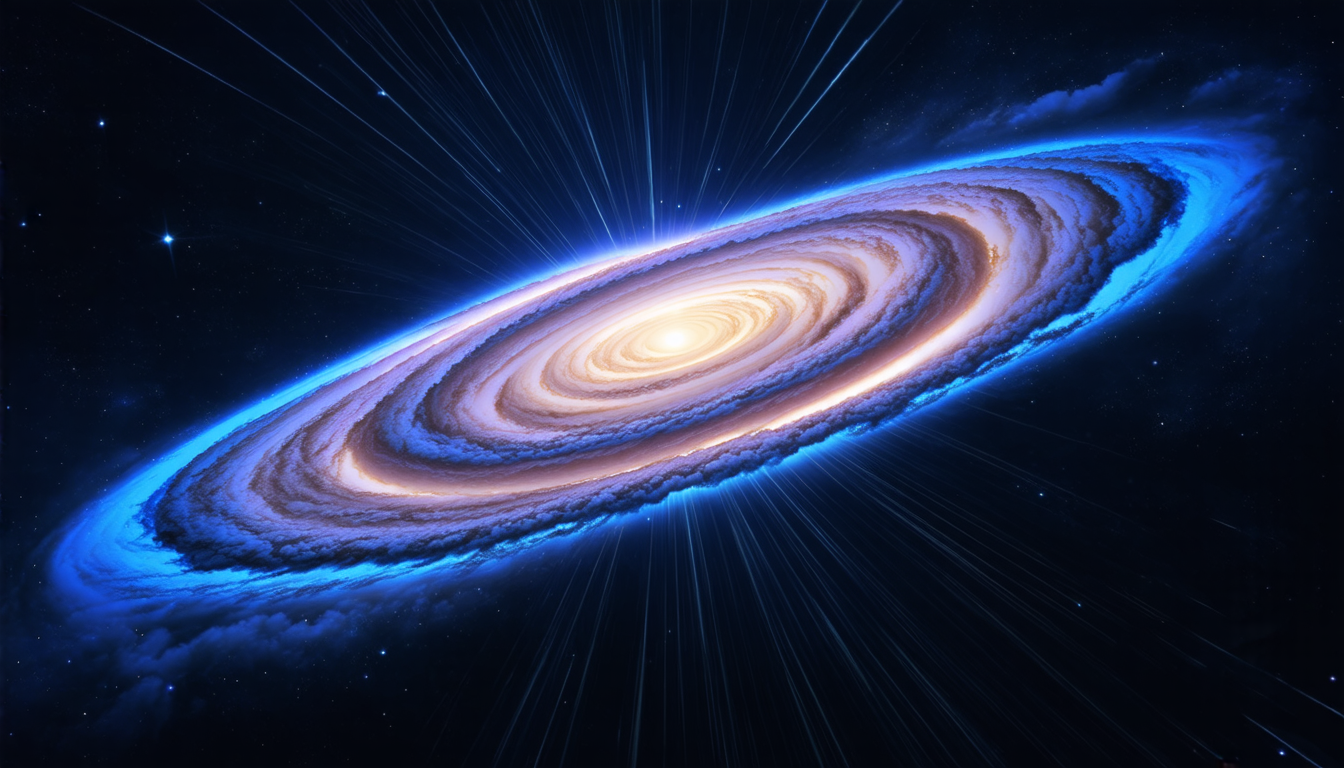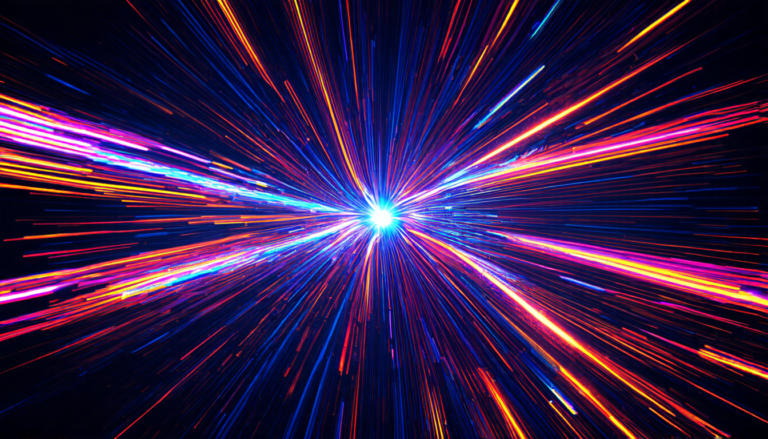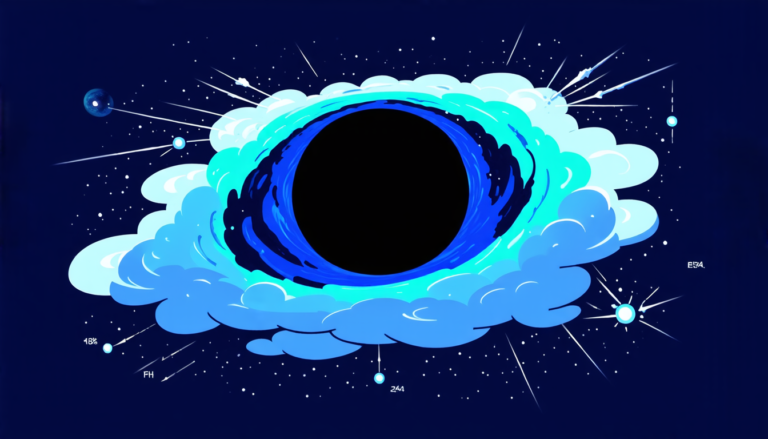Tuesday 25 March 2025
As scientists continue to unravel the mysteries of dark energy, a new study has shed light on its role in shaping the universe. Researchers have long been fascinated by this enigmatic force, which is thought to be responsible for the accelerating expansion of the cosmos.
The latest findings come from a team of astronomers who have used a novel approach to calibrate the luminosity relation of gamma-ray bursts (GRBs) – powerful explosions that occur when massive stars collapse. By analyzing the properties of these events, scientists can learn more about their distance and redshift, which is crucial for understanding dark energy’s impact on the universe.
The team focused on a dataset of 123 long GRBs with known redshifts, spanning from low to high redshift values. They used an artificial neural network framework to reconstruct the Hubble parameter (H(z)) – a measure of how fast the universe expands at different times in its history.
The results suggest that dark energy plays a significant role in shaping the expansion rate of the universe, particularly at higher redshifts. The team’s analysis indicates that the density parameter, omega_m, is around 0.387, while the Hubble constant, h, is approximately 0.6895.
These values are consistent with previous studies and provide further evidence for the existence of dark energy. The findings also support the idea that the universe underwent a period of rapid expansion in its early days, which is thought to have been driven by inflationary forces.
The study’s authors acknowledge that their results rely on certain assumptions about the behavior of GRBs and the properties of the universe. However, they argue that these assumptions are well-motivated and widely accepted within the scientific community.
One of the key strengths of this research lies in its ability to combine data from different types of astronomical objects – in this case, GRBs and type Ia supernovae. By leveraging these diverse datasets, scientists can gain a more comprehensive understanding of dark energy’s role in shaping the universe.
As researchers continue to refine their understanding of dark energy, they may uncover new clues about its nature and behavior. Ultimately, the quest to understand this enigmatic force could lead to a deeper understanding of the cosmos and our place within it.
The study’s findings have implications for our understanding of the universe on large scales, from the earliest moments after the Big Bang to the present day.
Cite this article: “Unveiling the Role of Dark Energy in Shaping the Universes Expansion”, The Science Archive, 2025.
Dark Energy, Gamma-Ray Bursts, Expansion Rate, Universe, Hubble Parameter, Redshift, Density Parameter, Inflationary Forces, Type Ia Supernovae, Artificial Neural Network Framework







